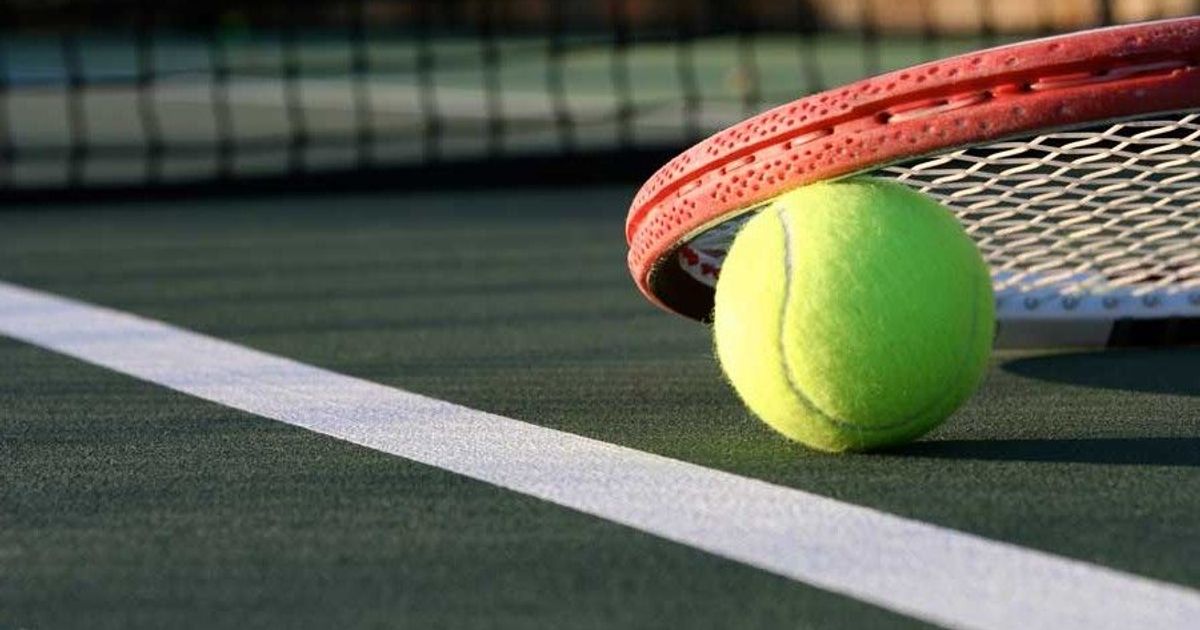Originally posted by don_budge
View Post
Perhaps one of the biggest misconceptions of modern day serving and behind the plethora of ugly, ill conceived servied motions is the altar of speed. What is power I ask the student? Answer: Control is power. There are three elements of control...speed, spin and placement. Not necessarily in that order. Control the ball and you control your opponent. Control your opponent and you control the match.
So much is made of MPH, yet that is just one third of the equation for successful serving. Speed alone might get it done for you in any given match...depending largely upon the conditions and your opponent as much as your speed. But it is the combination of all of the elements of control that win night in and night out. It is not possible to serve consistently night in and night out without a service motion that is perfect. Nearly perfect. Roger Federer had arguably the best serve for years on the tour. He exited the stadium as the stand alone example of serving technique and tactics. Berrettini may have served lights out for parts of that match. I didn't notice for the few minutes I watched. I was more intrigued with his opponents motion. A superb motion by today's standards that needed just a little ironing to eliminate a barely perceptible wrinkle.
I never give much attention to MPH. My idiot partner in the little tennis club in Sweden that I worked at used to pull out his "speed device" and let the kids go willy nilly with it. Each trying to outdo the other. I just turned my back on the whole nonsense. Sure...it is important to serve with speed. But the kiss of death is over emphasis on speed...better to concentrate on effortless power (control). The best feedback I ever had was ironically just the other day with a student who had been listening to my instruction in the course of just a couple of video lessons and a couple of phone calls. The last video I saw I said to myself...ahhh...this is how it begins. The student told me that after serving quite a lot of practice they didn't feel any discomfort the next day. Previously they said that after practicing serving the next day they felt as if they had been hit by a train. I change the student from pinpoint to platform in a matter of minutes. Painlessly I might add.
How fast must a server serve? Answer: Fast enough given the situation. It is the combination of spin and placement that is going to win for you in the end. In order to do that you have to be set up to serve like that. It's like golf...the woods are filled with long drivers of the golf ball. Keep watching Berrettini's speed...then you can be quite certain that you have taken your eye off the ball.
I think it will be interesting to watch Nicolas Jarry versus Stefanos Tsitsipas today. I won't see it. But here again are the tale of two serve motions...among other things. The Tsitsipas coaching situation has always intrigued me. All of that potential struggling to come forth. Interesting tales at that.







Comment